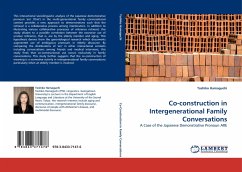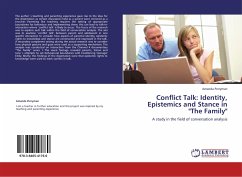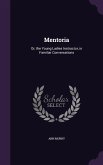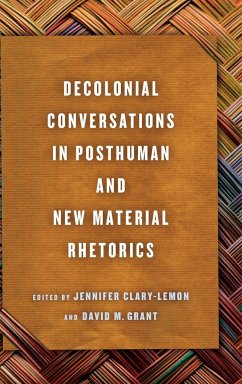This interactional sociolinguistic analysis of the Japanese demonstrative pronoun 'are' ('that') in the multi-generational family conversational context provides a new approach to demonstratives such that the retrieval is a collaborative process among interlocutors. In addition to illustrating various collaborative processes of reference retrieval, this study alludes to a possible correlation between the excessive use of unclear reference, that is, are by the elderly member and aging. This hypothesis derives from the gerontological research which documents augmented use of ambiguous pronouns in elderly discourse. By comparing the distributions of 'are' in other interactional contexts including conversations among friends and medical interviews, this study finds that co-constructional use occurs exclusively in family conversations. This study further suggests that the co-construction of meaning is a normative activity in intergenerational family conversations particularly when an elderly member is involved.
Bitte wählen Sie Ihr Anliegen aus.
Rechnungen
Retourenschein anfordern
Bestellstatus
Storno








